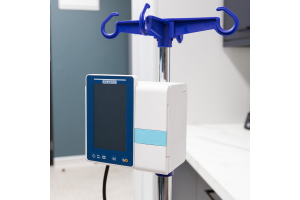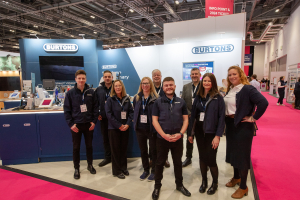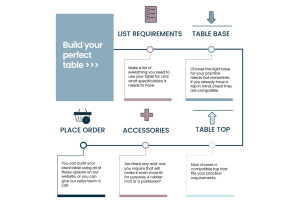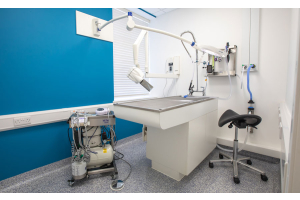
Autoclaves, also known as steam sterilisers, are an indispensable piece of equipment in medical settings.
To explain why a Vacuum autoclave is the best solution for your practice, let’s start with how an autoclave works
No matter the number of new sterilization technologies continuously emerging, steam sterilisation is proving hard to beat. This is because it is the most efficient way of transferring thermal energy and is able to destroy a wider variety of microorganisms compared to sterilisation via dry heat.
In an autoclave, the pressure system, combined with its steam production, enables the temperature inside to be raised above 100°C. This is perfect for eradicating bacteria in a safe way. The high temperatures remove the need for other toxic chemicals to be used.
Steam also increases the speed of eradicating bacteria and microbes, killing most bacteria within 5 minutes if temperatures reach 134°C. If you compare this to dry heat, this requires 2 hours at over 160c to have the same effect.
The 3 stages of the autoclave process are:
1. The conditioning stage – on a non-vacuum this is when steam circulates the chamber, dislodging and pushing the air it can reach, out. On a vacuum autoclave, this is where the vacuum will forcibly remove all the air before circulating the steam.
2. Exposure stage: This is when the drainage shuts off and the temperature rises until it reaches its set target.
3. Exhaust stage: In the final step, the steam is expelled from the chamber, and the chamber depressurises, allowing the materials to dry.
So why should you choose a vacuum autoclavefor your practice?
Vacuum autoclaving is ideal for materials where air cannot be easily separated. Such as porous materials like drapes and swabs, individually packaged instruments, and hollow tools such as handpieces. As explained above, the vacuum works by fully evacuating the atmospheric air inside the chamber, letting the high-temperature steam infiltrate spaces that would normally be blocked by air.
This makes not only the sterilisation process a lot quicker and much more thorough. But it also widens the variety of materials you can put in, minimising the need for separating materials before starting the cycle and reducing waste by disinfecting materials that may once have been unable to be reused.
A vacuum autoclave can give you complete peace of mind that every part of the objects you place inside has been hit with the same high temperature steam, eradicating concerns of passedon bacteria and pathogens.
Burtons Veterinary Equipment Autoclave Options
All Burtons autoclaves are supplied with 3 trays, a hose, a drip tray, and a handle. The door gaskets can be replaced,and the overheating cut-out can be easily reset by the user, reducing maintenance costs and dowtime.
Burtons Non-Vacuum Vetclave, also known as Instaclave 2545 Series 3, Type 'V'
Our non-vacuum autoclave is designed for veterinary practices where only sterilisation of non-wrapped and solid instruments is required, with a large chamber size of 22 litres.
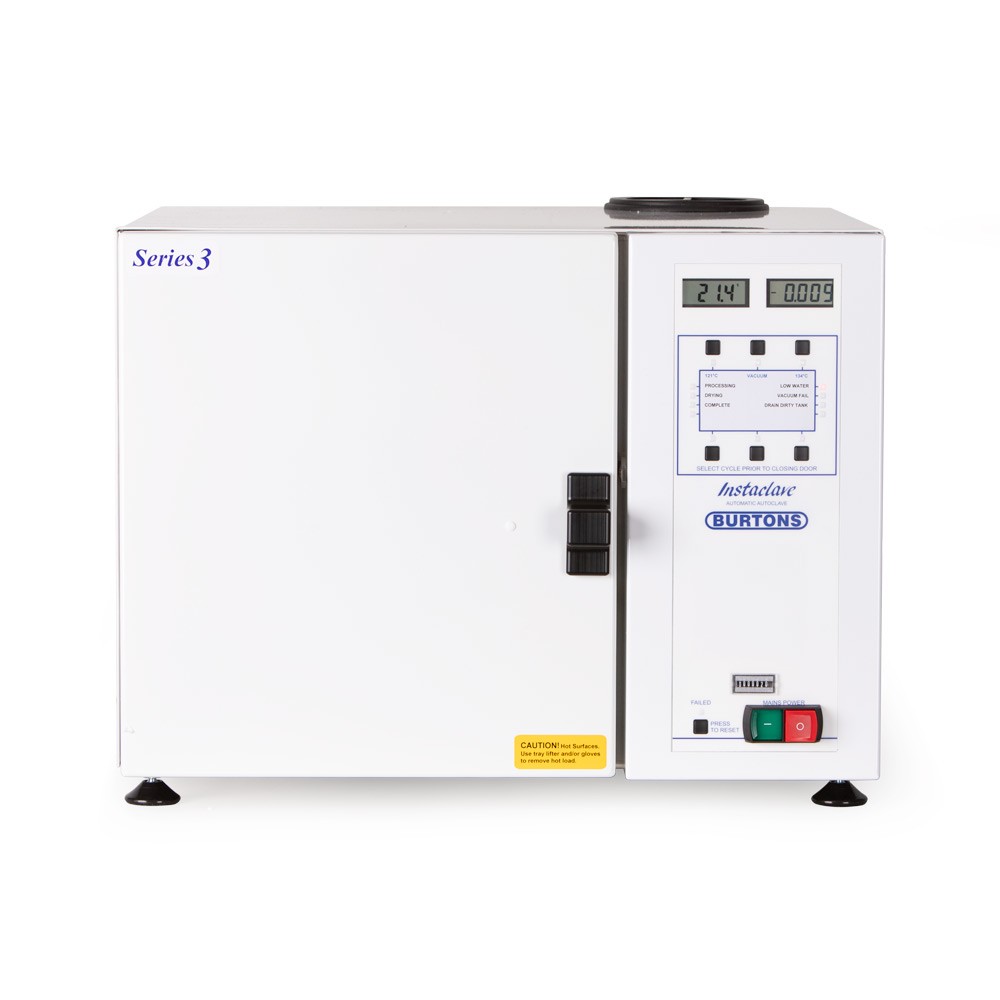
Burtons Vacuum Vetclave, also known as Instaclave 2545 Series 3, Type B
This is our veterinary vacuum autoclave, designed specifically for the decontamination of wrapped porous loads and surgical instruments, with a large chamber size of 22 litres.
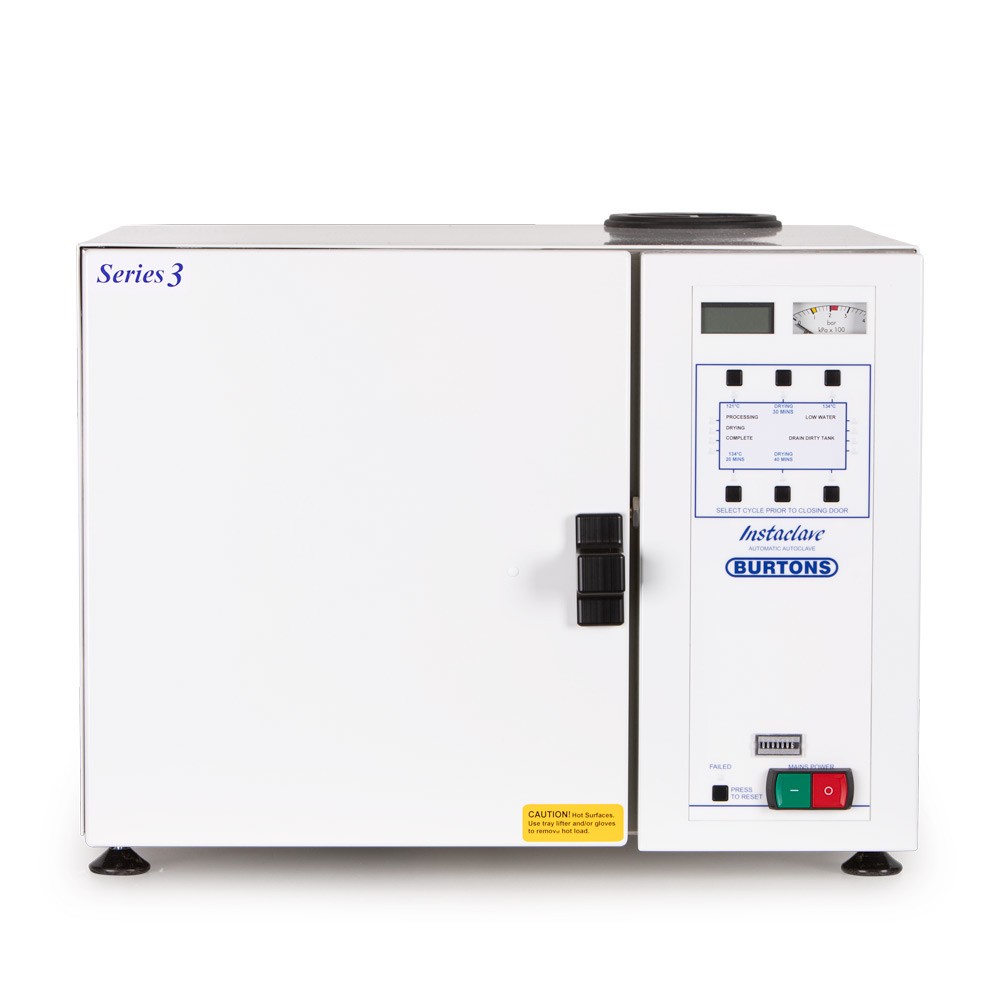
Burtons Non-Vacuum Long Chamber Autoclave, also known as the Instaclave 2560
Our non-vacuum autoclave is designed for veterinary practices where only sterilisation of non-wrapped and solid instruments is required, with a large chamber size of 22 litres, ideal for larger instruments.







